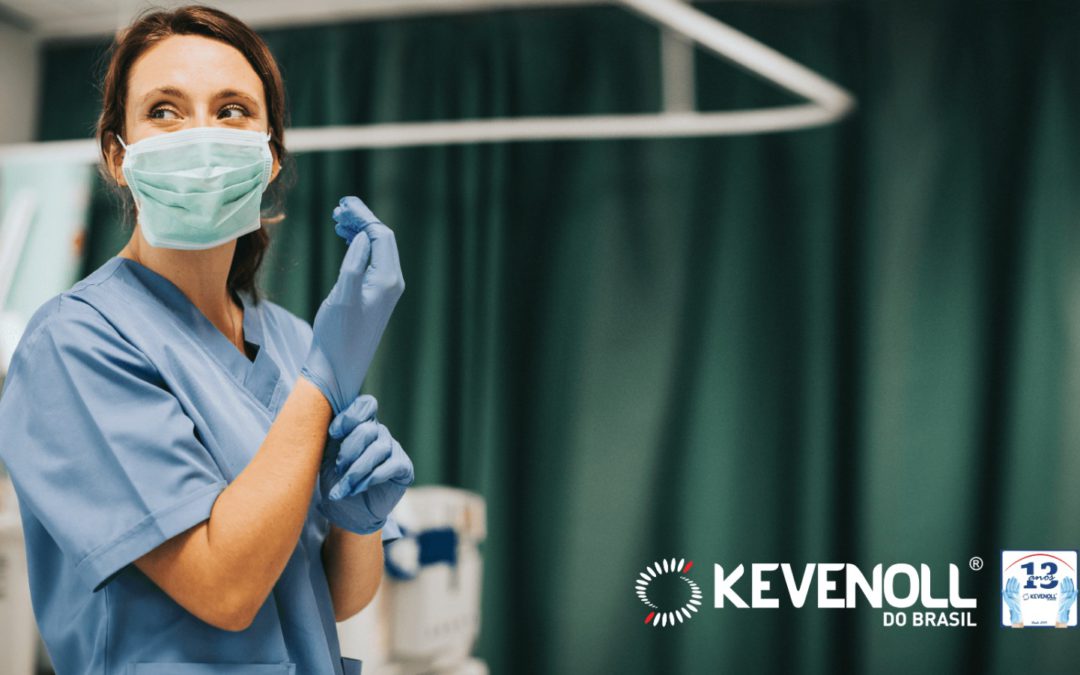Main gloves used in hospitals
In hospital environments, protection and hygiene are essential to ensure the safety of healthcare professionals and patients. Gloves play a crucial role in this regard, helping to prevent the spread of infections and ensuring a safer environment for everyone. In this guide, we will explore the main gloves used in hospitals, highlighting their specific characteristics and uses.
Latex Gloves
Latex gloves are widely used in hospital settings due to their excellent tactile sensitivity and comfortable fit. They provide an effective barrier against microorganisms and fluids, making them ideal for medical procedures that require precision, such as surgery and clinical examinations. However, it is important to consider latex allergies when choosing these gloves, as some people may experience sensitivity.
Nitrile Gloves
Nitrile gloves are an alternative to latex gloves, especially for those with latex allergies. They have superior resistance to punctures and chemicals, making them ideal for situations in which there is contact with potentially dangerous substances. Additionally, nitrile gloves offer excellent tactile sensitivity and are suitable for a variety of medical procedures.

Vinyl Gloves
Vinyl gloves are a more economical option, but they offer less puncture and chemical resistance compared to latex and nitrile. They are suitable for tasks that do not involve significant risks of exposure to bodily fluids or harsh chemicals. However, it is important to consider their limitations when choosing these gloves for hospital use.
Sterile Surgical Gloves
Sterile surgical gloves are essential in operating rooms to prevent contamination of the surgical field. They are designed to offer maximum protection, fit and tactile sensitivity, allowing surgeons to perform complex procedures with precision. These gloves undergo rigorous sterilization processes to ensure patient safety.
Non-Surgical Procedure Gloves
Non-surgical procedure gloves are used in a variety of hospital tasks such as examinations, specimen collections, and medication administration. They offer a layer of protection for healthcare professionals and patients, helping to reduce the risk of cross-contamination. These gloves are available in different materials, allowing you to choose according to your specific needs.
Choosing the appropriate gloves in hospital environments is crucial to ensure safety, protection and hygiene. Each type of glove has its own characteristics and specific uses, and selection must take into account the patient’s sensitivity, the type of procedure and possible allergies. By investing in the right choice of gloves, healthcare professionals significantly contribute to a safer and more effective hospital environment.

